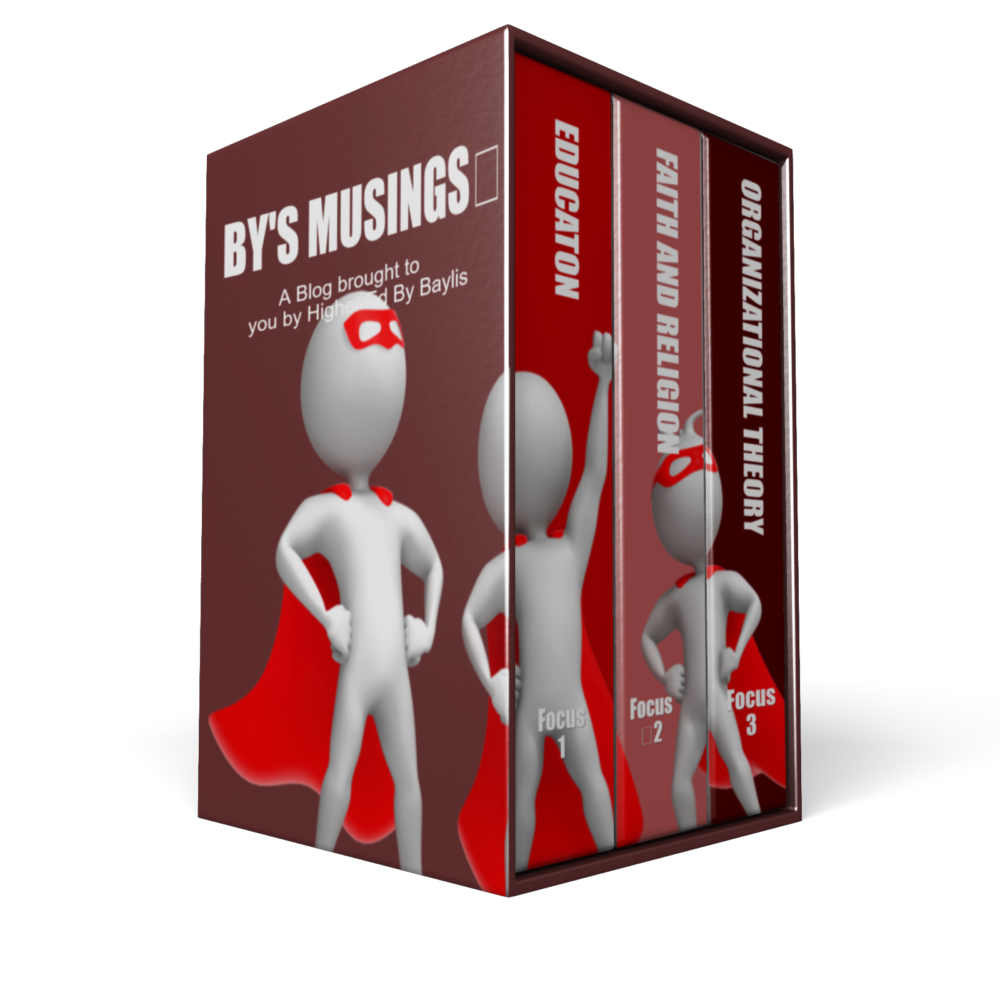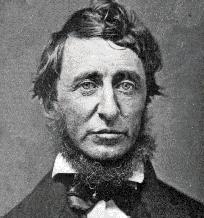
In my previous post What Happened to By’s Musings, I asked you to keep watching for new blog posts because some significant changes were coming to my blog and website. I am now ready to unveil those changes.

The first change applies solely to the blog. I have instituted a firmer schedule for the publication of posts to By’s Musings. A new post will be published every Tuesday starting September 18.
Due to the extended absence which just ended, I have built up a backlog of ideas for posts and even completed first drafts of many posts. At the rate of one per week, it will take more than a year to exhaust these ideas and posts. So I have confidence that I will be able to keep to this more rigid schedule.

The second change also only applies to the blog. It is a move toward more consistency in the length of posts. I am imposing on myself a limit of 1,000 words for each post. Via this concerted attempt to make the postings more concise and precise, I hope that the posts will be more readable and accessible to a wider audience.
Friends, before you rejoice prematurely, you can rest assured that I still suffer from the Russian novel syndrome that has plagued me for most of my life.

The third change involves moving the longer and more rambling of my essays to the website. And, yes, I have already prepared first drafts of a number of these works. In this format, I can offer them as white papers and ebooks to those individuals who are looking for a deeper analysis and a more extended read on a topic.

The fourth change will be an initial sharp reduction in the scope of topics which I will address. Until I exhaust the backlog of ideas which I have stockpiled, I will restrict my posts on the blog to the topics of education, faith and religion, and organizational theory and operations.

This does not mean that I am no longer concerned with the topics of athletics, business, economics, food, health, and politics. As an idea strikes me, I will continue to think and write about these important areas of life. However, I will use Social Media avenues such as Facebook, Twitter, and Google+ to communicate my ideas related to these fields.

The fifth change is directly related to the third and fourth changes. I will also be reorganizing the website around four primary foci. The first three are the previously mentioned topics of faith and religion, education, and organizational theory and operations. As noted above, I will be using the website as a distribution outlet for my research into the areas of faith and religion, education, and organizational theory and operations.

The fourth focus will be the reinvention of an idea that I had several years ago. I will be using the website as the initial home base for a circle of experts who use their theoretical knowledge and practical experience to solve problems, and put the pieces back together to complete the puzzle.
As MLK once said, “There is strength in unity, and there is power in numbers.” One of the basic tenets of my educational philosophy is that learning is both an individual and social activity and process. If one can move the molehill, then more can move the mountain. The name that I am proposing for this alliance is The Watershed Collaborative (TWC). In a future post, I will explain the name and the purpose of The Collaborative. I will also begin to recruit partners to join me in this grand quest.

The sixth change will not be visible immediately. I will also use the website as a recruiting or promotional tool for another new venture. As a result of my work in the four areas outlined above, I am in the process of preparing presentations that may end up as either webcasts or in-person events. I will use social media to drive people to the blog. I will use the blog to recruit people to an event. The website will become a repository of resources related to current and past events and a recruitment venue for future events.
I have titled the next post, A New Format to Posts on By’s Musings. As noted above, it is scheduled for release on Tuesday, September 18.



































